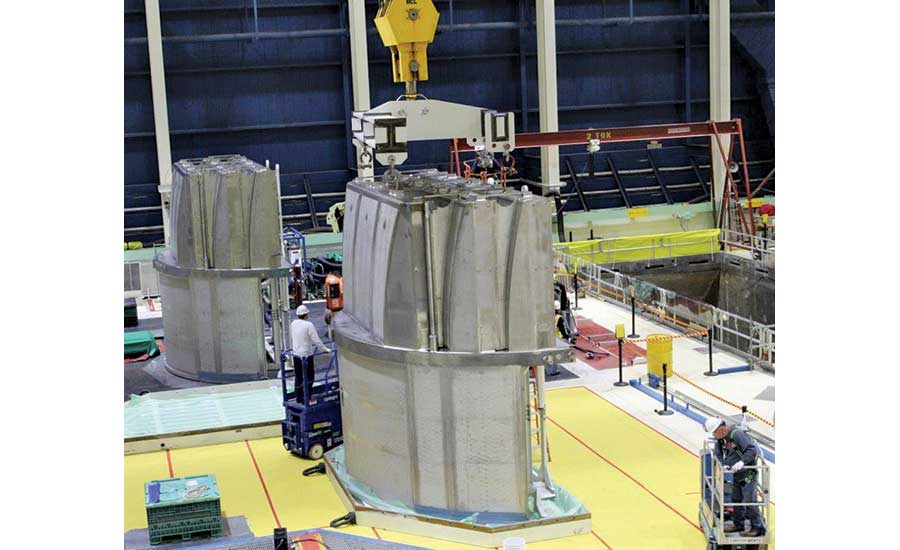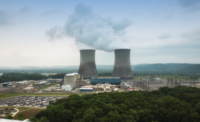TVA Boosts Browns Ferry Output In Clean-Energy Nod, but Not All Agree

Upgrade Alabama plant will gain new components to increase its power production capacity.
The Tennessee Valley Authority began increasing power output at the first of three units at the Browns Ferry Nuclear Plant in north Alabama to accommodate customer requests for more clean energy, but observers have mixed views on the $475-million effort. The federal power producer also started planning for its power needs for the next five years, including a review of the effects of power-operations by-products and impacts of production on climate change.
Contractor Day & Zimmermann on Feb. 14 began upgrading Browns Ferry Unit 3 to increase the power output by 155 megawatts to 1,305 MW. Once all three units are upgraded by next spring, the plant’s capacity will reach 3,952 MW. The U.S. Nuclear Regulatory Commission says its evaluation showed the plants’ design could handle the 14% output boost based on its nuclear steam supply systems, instrumentation and control systems.
The upgrades are being added despite a flat and somewhat declining power demand in TVA’s territory. But increasing nuclear capacity gives the power producer more carbon-free baseload power, which TVA spokesman Jim Hopson says “will help bring in new business.” Automakers Toyota and Mazda will build a $1.6-billion factory in Alabama that will require 50 to 75 MW from TVA. The upgrades also add to the continuous source of power production needed to support more intermittent wind and solar power, he says.
No other U.S. nuclear plant owners are making major upgrades to produce more power, says NRC. They are not cost-effective in a low natural-gas price environment, and cost overruns are a risk, says Matthew Lee, Black and Veatch executive director for nuclear. “The cost per megawatt is not competitive, but it’s a great reason to do it,” he says of TVA’s decision to add more carbon-free power.
Turbine-control and steam-management systems will be modified, says Hopson. “We’re trying to make the most efficient use of the steam we have,” he says. Upgrades will be done during a scheduled maintenance outage and require about 200 modifications, including a new high-pressure turbine rotor.
TVA’s 2015 integrated-resource plan showed that wind, solar and energy efficiency would play a larger role in power production. The changing energy environment has prompted TVA to begin a new plan a year earlier than expected, says Hopson. TVA said the plan is set to consider greenhouse-gas emissions, waste disposal, air quality and energy use changes in the next 20 years. It also will look at how distributed energy resources should be considered in its planning.
But, says Stephen Smith, executive director of the Southern Alliance for Clean Energy, “At the same time, TVA is undermining the economics of distributed energy resources, solar power and energy efficiency.” He cites TVA’s plan to add a customer grid-access fee to counter flattening power demand. The fee would stabilize TVA revenue but would destroy the economics of smaller power sources, says Smith. “They are cooking the books to reduce renewables,” he says. In a Feb. 27 report, the alliance found TVA ranks last among Southeast utilities in solar procurement and is likely to fall farther behind through 2021.
Separately, Smith believes that upgrading Browns Ferry to produce more power increases the possibility of malfunctions and accidents by running the reactor longer and harder than it is designed for. “Browns Ferry hasn’t had a flawless record,” he says.




